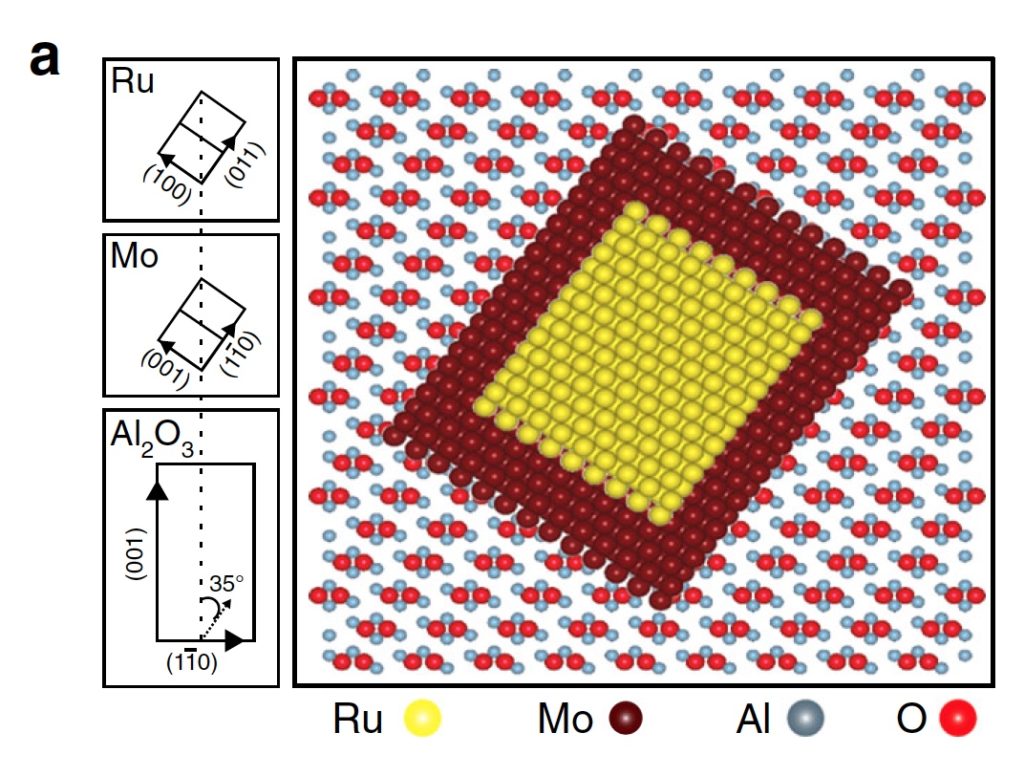Scientists discover new chemical element that has magnetic properties
The discovery, made experimentally by researchers at the University of Minnesota, demonstrates that the chemical element of ruthenium (Ru) is the fourth chemical element to have unique magnetic properties at room temperature. Until recently, people knew only three stable magnetic elements, iron (Fe), cobalt (Co),, nickel (Ni) and, in part, gadolinium (Gd), which loses its magnetic properties at temperatures above 8 degrees Celsius. The discovery of new magnetic material could lead to the development of new types of sensors, storage devices, information processing and a mass of other electronic and electromechanical devices.
At the heart of this discovery are some theoretical predictions, for which scientists from Minnesota have developed a method of “growing” ruthenium crystals, which have a quadrangle shape of lattice, rather than hexagonal, which has this element in its natural form. And it is this quadrangle form of ruthenium, formed in the form of a thin film, demonstrates pronounced ferromagnetic properties at room temperature.

Researchers believe that by their discovery they opened the door to the direction of fundamental research of the magnetic properties of ruthenium. Ruthenium is particularly interesting because it is chemically inert, it is very strut to oxidation. In addition, its magnetic properties should have high thermal stability, which makes this material a suitable candidate for its use in magnetic recording devices of information of the next generations. And right now scientists are researching this unique properties of ruthenium.
In addition to traditional technologies that use the magnetic properties of materials, the emergence of a new magnetic material can play an important role in the further development of a number of new trends, such as spintronics. This will be facilitated by the fact that the technologies of growing thin films and creating nanostructures have already reached the level that allows the production of materials with unique properties that do not possess the same materials of natural origin.
“We are pleased that we were able to find a fourth magnetic chemical element,” the researchers write, “This was an exciting and very complex problem. It took us about two years to find the right method of growing ruthenium crystals. And maybe ruthenium will not be the last magnetic material we will discover in the near future.Source:www.dailytechinfo.org